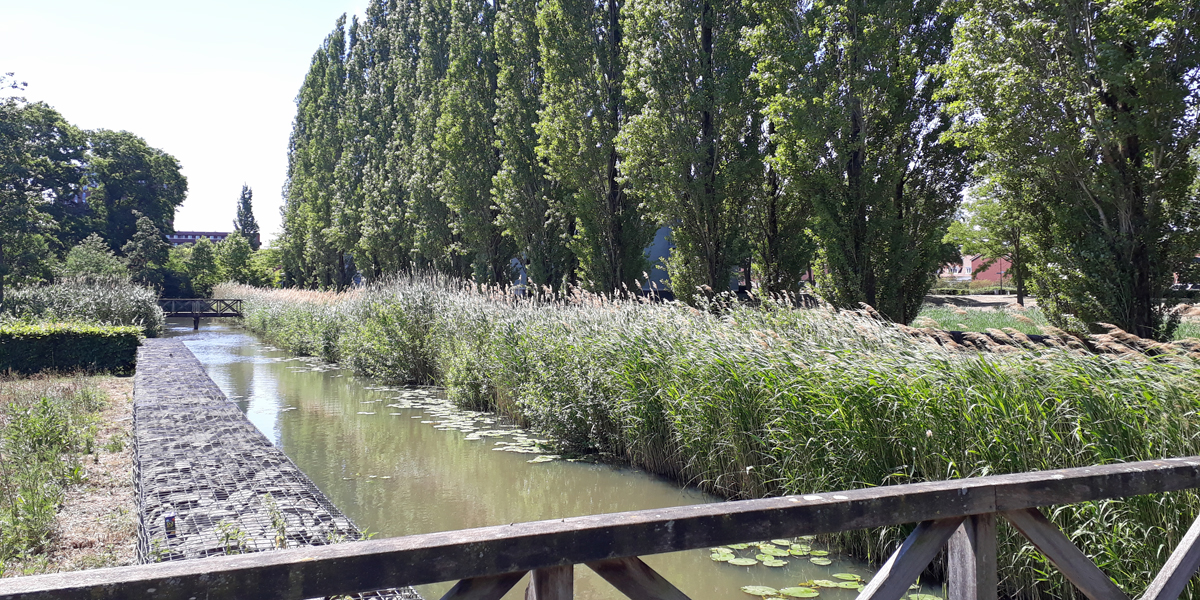Official plant names are registered in the so-called nomenclature codes. It’s practical to know something about it.
Say, you’re looking for certain plants or seeds in the shop or in the webshop. They should match your garden style and circumstances. They carry names like ‘Allium schoenoprasum‘, ‘Tropaeolum majus’ or ‘Citrullus lanatus ‘Sugar Baby’.
- Where do these plant names come from?
- Why are they in Latin, when ‘chives’, ‘nasturtium’ or ‘water melon’ suits you fine?
Do you garden eco-friendly? Before being able to confirm this, you should also know a thing or two about botany and nature. With some basic plant knowledge in your pocket it’s more easy to make eco-friendly choices for your garden. And in the shop.
We share basic botany knowledge in a series of blogs.
This time: the ‘why’ of naming of plants, and the sources of these official names.
Nomenclature codes
Plant names are officially regulated. In science and horticulture, rules about plant names are laid down. Such an ordered system is called ‘nomenclature’.
Plant names are fixed in nomenclature codes. These codes include the compilation and spelling of plant names.
The naming of plants is relevant for hobby gardeners and green professionals alike. Plant names give you some information on the plant and their origin. Perhaps you’d like to know whether you’re dealing with a plant which can be found in the wild, or with a product from a laboratory.
Does this sound interesting to you? We publish more blogs on naming of plants. Don’t forget to use the hyperlinks mentioned.
ICN and ICNCP
Eco-friendly hobby gardeners and green professionals might find these 2 nomenclature codes relevant:
- ICN, with scientific names, say: names of plants from the wild
- ICNCP with names of cultivated plants
Clarity
The purpose of nomenclature codes is clear. A plant name from the code has the same, unique meaning for everyone. Everybody knows exactly which plant someone is talking about.
That’s very pratical in conversations and knowledge exchange by scientists, farmers, growers and by you as customer.
Latin and vernacular
Probably you wonder why nomeclature codes are in Latin. By using a dead language one avoids much of the confusion which goes with the dynamics of a living language.
For instance: dialects, translations, multiple populair plant names for one and the same plant, or developments which can make certain words less appropriate or even difficult.
Plants from the wild: Latin
In the ICN, the scientific code, Latin names are the standard. Botanical gardens have a scientific purpose; therefore you’ll often come across plant name signs in Latin.
Plants in cultivation: also vernacular
The ICNCP, the name code for plants in cultivation, also knows elements of plant names in popular languages like English of French. You’ll see them al lot in garden centres and in (seed) catalogues.
Links
- ICN on the International Association for Plant Taxonomy (IAPT) website
- ICNCP on the International Society for Horticultural Science (ISHS) website







